How to Choose the Right Color Palette for Your Home
Choosing the right color palette for your home can feel like a daunting task. With so many hues, tones, and shades to consider, it’s easy to feel overwhelmed. But the truth is, your color choices can make a huge impact on how your space feels. Whether you’re renovating a single room or giving your whole house a makeover, the right colors can transform your environment, elevate your mood, and even make your space feel more spacious and inviting.
For more thematic ideas, explore these Ethnic Home Decor Ideas or get inspired by Rustic Home Decor Ideas that help you define your core aesthetic.
Key Points:
1. Start with Your Inspiration
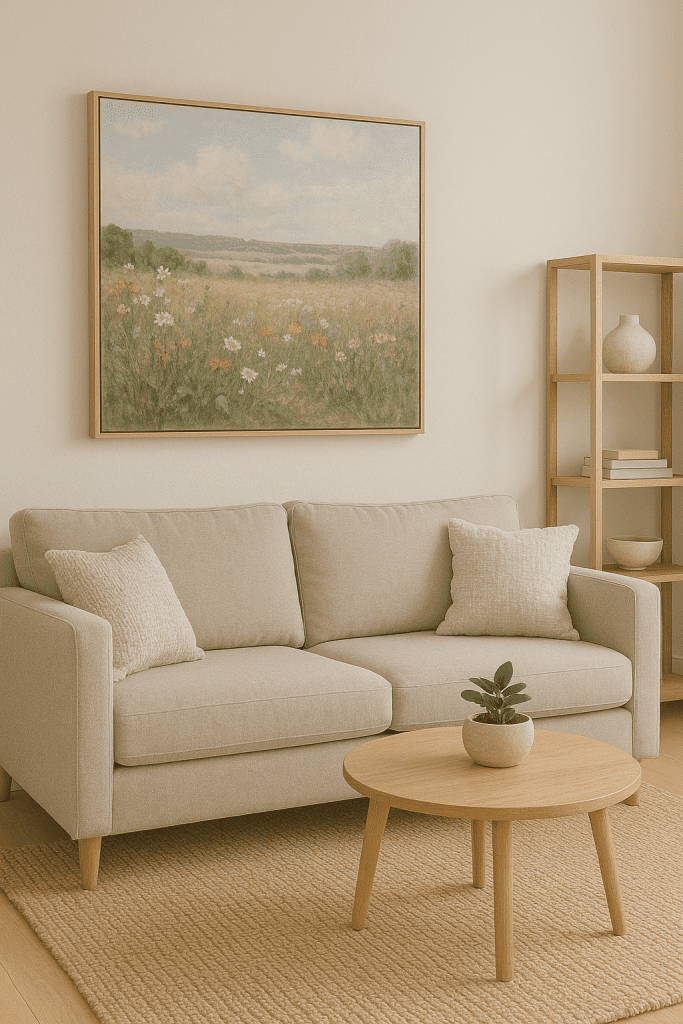
When it comes to choosing colors, sometimes the hardest part is knowing where to start. A great way to kick off is by looking for inspiration. This could be anything from a piece of artwork you love, a rug with multiple colors, or even a beautiful outdoor view.
This emotional layer is critical. If you want a moody, sophisticated vibe, explore Dark Home Decor Ideas. If you’re drawn to vibrancy, you’ll love Colorful Home Decor Ideas.
2. Understand the Psychology of Colors
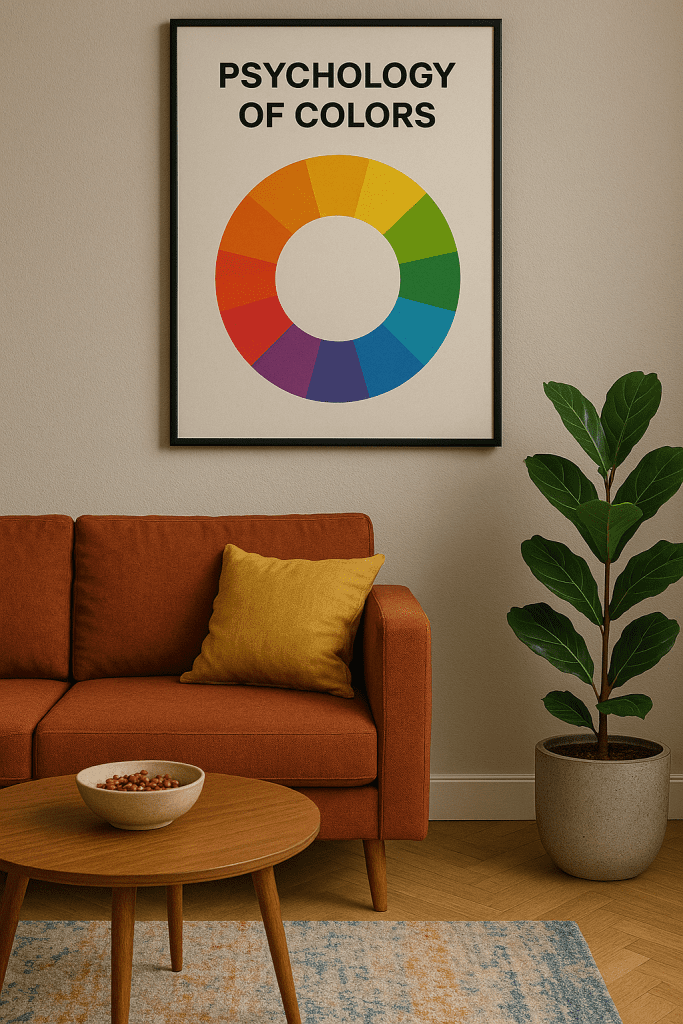
Colors don’t just look beautiful—they have the power to affect your mood. Before settling on a palette, think about the feelings you want to evoke in each room. For example:
- Soft blues and greens: Known for their calming and peaceful qualities, ideal for bedrooms and bathrooms.
- Warm tones like yellows, oranges, and reds: These can create an energizing and welcoming atmosphere, perfect for living rooms or kitchens.
- Neutrals (grays, whites, beiges): They provide a versatile and soothing backdrop, allowing other design elements in the room to shine.
- Consider painting hallways in a neutral tone to tie bold rooms together, creating balance without visual chaos. If you’re looking for ways to make transitions feel intentional, explore these Entrance Furniture Design Ideas that help connect spaces beautifully.
3. Consider the Size and Lighting of Your Space
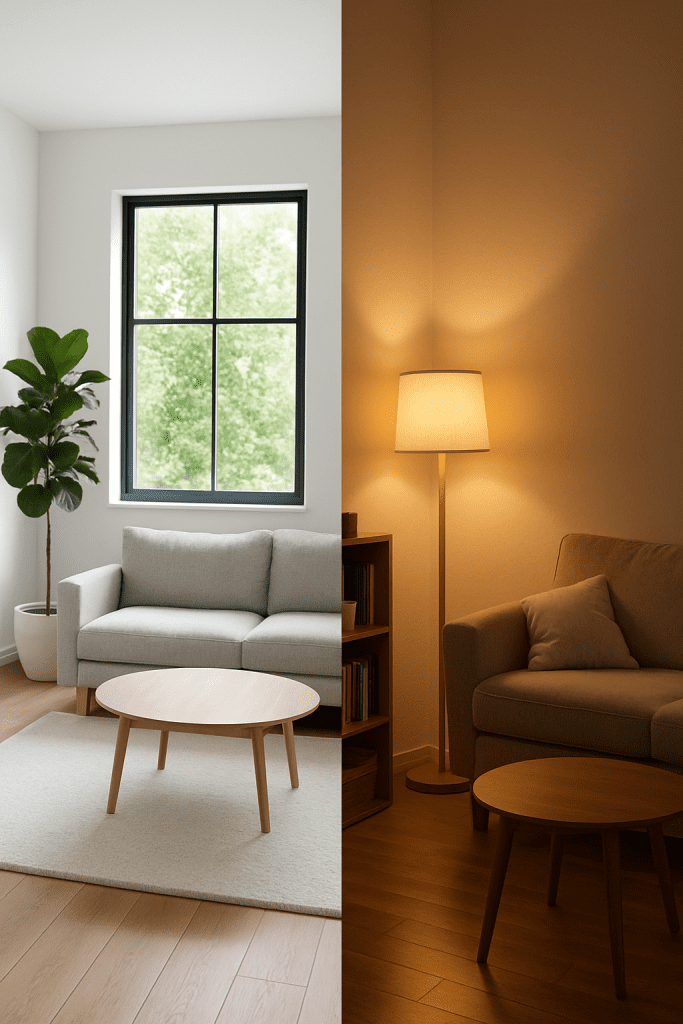
Light plays a significant role in how a color looks. A room that gets lots of natural light will look different with a particular color than one that’s darker or uses artificial lighting.
- Lighter colors (like pastels or whites) can make smaller spaces feel bigger and brighter.
- Darker colors (like navy or charcoal) can add drama and warmth but may make a space feel more intimate (and sometimes smaller).
Additionally, the direction the room faces (north-facing rooms tend to be cooler, while south-facing rooms are warmer) can also impact how the colors appear.
- For additional inspiration on how paint choices can transform a space, see these creative Home Decor Painting Ideas that showcase how testing the right hue pays off.
4. Create a Cohesive Flow
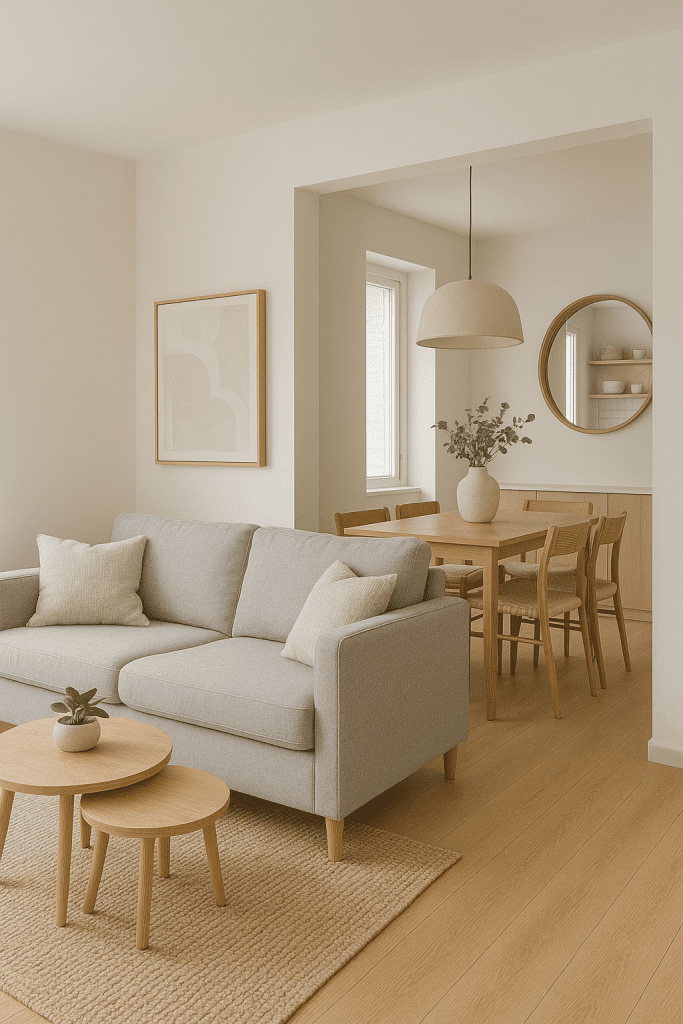
While it can be tempting to use a different color scheme for each room, creating a sense of flow throughout your home is essential for making the space feel cohesive.
- Tip: Consider choosing one main color and use variations of it throughout your home. For example, you could have soft blue walls in the living room, pale blue accents in the kitchen, and deeper blue tones in the bedroom. This creates unity while still allowing each room to feel unique.
For ideas on playful, creative accents, see Colorful Interior Design Ideas that show how bold accessories can transform even the simplest space.
5. Test, Test, Test

One of the most important steps in choosing a color palette is testing out your options. As much as color theory and inspiration can guide you, the final test is how the colors will look on your walls.
- For those considering creative wall treatments, don’t miss these Wallpaper Home Decor Ideas to see how patterns and textures add dimension to your palette.
6. Think About Functionality
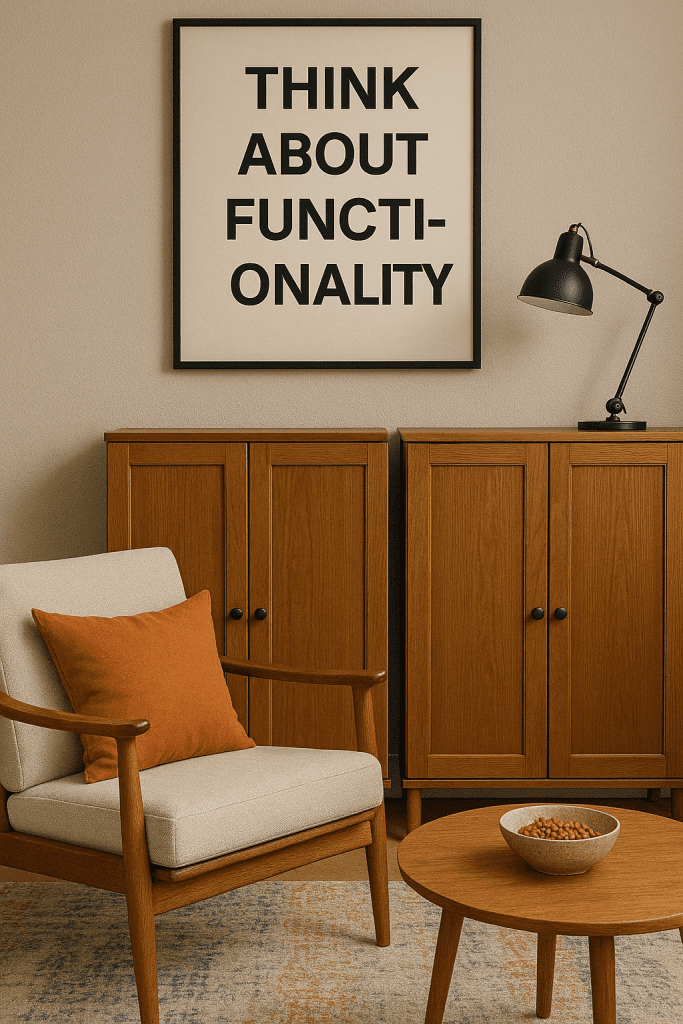
While aesthetics are important, functionality plays a big role when selecting a color palette for your home. High-traffic areas like entryways or hallways may benefit from more durable, darker shades that won’t show dirt and scuff marks easily. On the other hand, spaces like bedrooms or offices may lean more toward lighter or more neutral tones, fostering relaxation and focus.
- Room Inspiration Bedroom Ideas for more ways to extend your color palette into restful zones.
7. Accent Colors and Finishing Touches
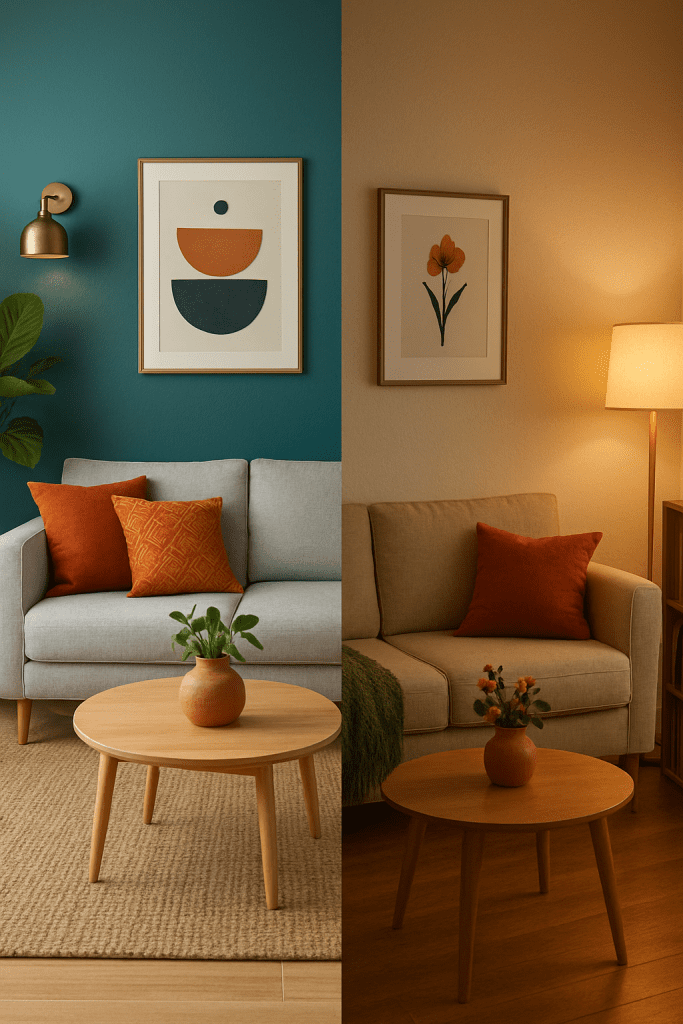
Once you have your main color palette chosen, think about adding accent colors. These can be in the form of furniture, throw pillows, rugs, or artwork. Accent colors help bring a room to life and provide contrast to the main hues.
- Interior Design Living Room Ideas for curated living room looks.
Visuals:
To make the process easier and more enjoyable, consider referring to inspirational images or mood boards. Infographics illustrating the psychology of colors, or visual palettes showing how different hues interact in a room, can be incredibly helpful in visualizing how your home will come together.
You can also find virtual tools online that allow you to experiment with different color palettes and see how they look on walls. Don’t hesitate to use technology to bring your ideas to life!
Strengths:
- Engaging and Informative: The content is designed to be engaging and easy to digest, with actionable tips that readers can implement immediately.
- Practical Tips: From color psychology to real-world testing, each tip offers practical, step-by-step guidance that readers can follow to get the best results.
- Tone: The writing is approachable and friendly, making it feel like a conversation with a design expert.
- Bedroom Color Scheme Ideas to find perfect palettes for relaxation.
Areas for Improvement:
- Deep Dive into Color Combinations: While we touched on choosing colors based on mood, there could be more in-depth examples of how to combine certain colors effectively, especially for those who may feel unsure about color pairings.
- Sustainability Considerations: Including eco-friendly paint options or sustainable color choices could appeal to an audience that’s environmentally conscious.
Conclusion:
Choosing the right color palette for your home doesn’t have to be stressful or overwhelming. By starting with inspiration, considering the psychological impact of colors, testing in your space, and keeping functionality in mind, you can create a home that feels uniquely yours. Remember, colors can transform a space, and with a little planning and experimentation, you’ll have the confidence to make the right choices.
Exterior House Colors Ideas if you’re thinking about curb appeal, too!






